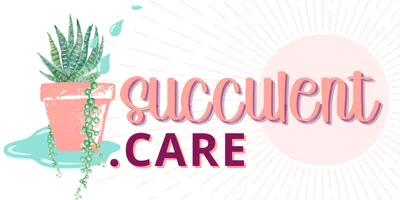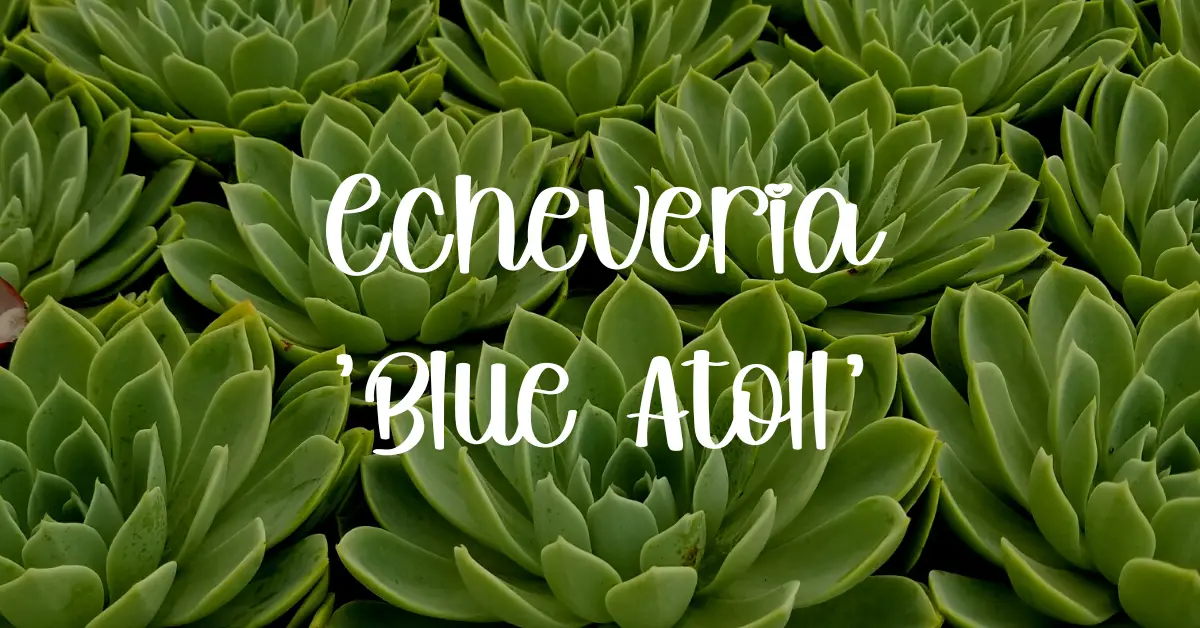Are you searching for an eye-catching, low-maintenance succulent to add to your collection? Look no further! Echeveria ‘Blue Atoll’ is a stunning, easy-to-grow plant that will surely be the centerpiece of your indoor or outdoor garden. In this comprehensive guide, I will provide you with all the information you need to successfully grow and care for this beautiful succulent.
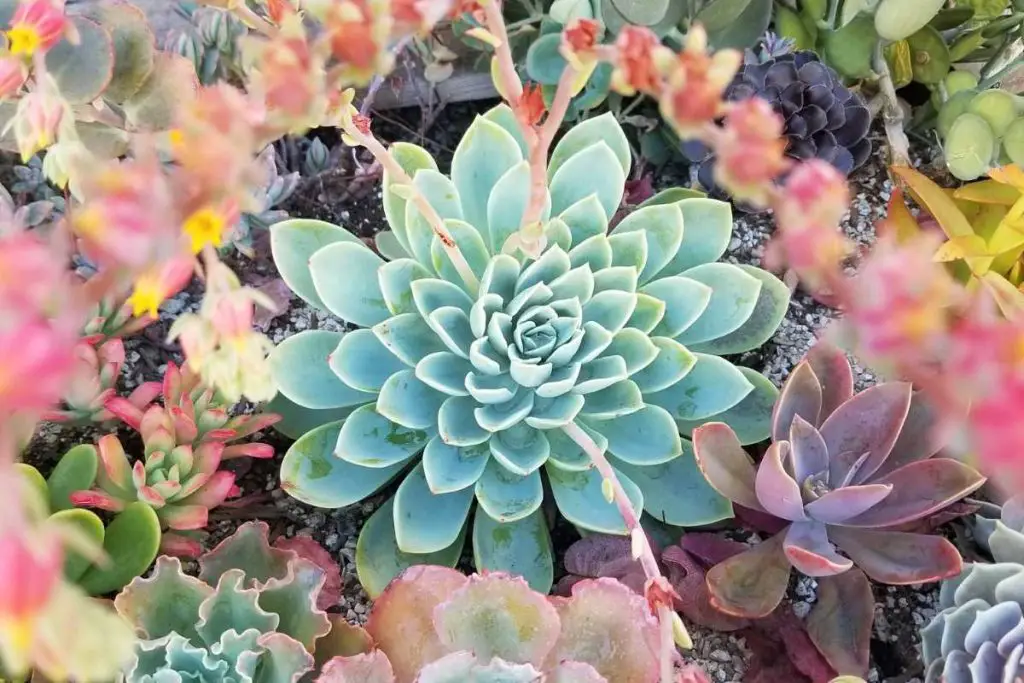
Dig in!
Echeveria ‘Blue Atoll’ Overview
Echeveria ‘Blue Atoll’ is a popular hybrid succulent, known for its striking blue-green rosettes and attractive, fleshy leaves. As a member of the Echeveria genus, it shares many qualities with its relatives, such as its drought tolerance and love of sunlight.
Characteristics of Echeveria ‘Blue Atoll’
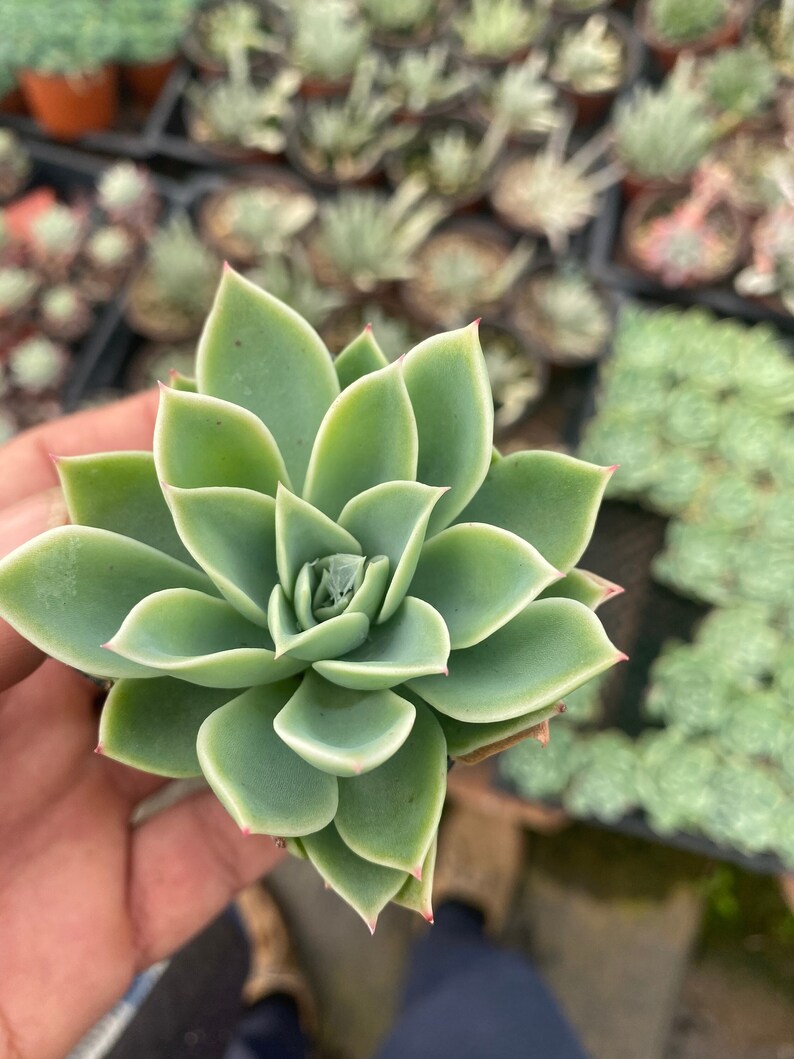
Source: Etsy
Appearance
The most striking feature of Echeveria ‘Blue Atoll’ is its beautiful blue-green leaves that form a symmetrical rosette. The leaves are fleshy and have a powdery coating called farina, which helps protect them from the sun. The edges of the leaves may have a pink tint, especially when exposed to bright sunlight.
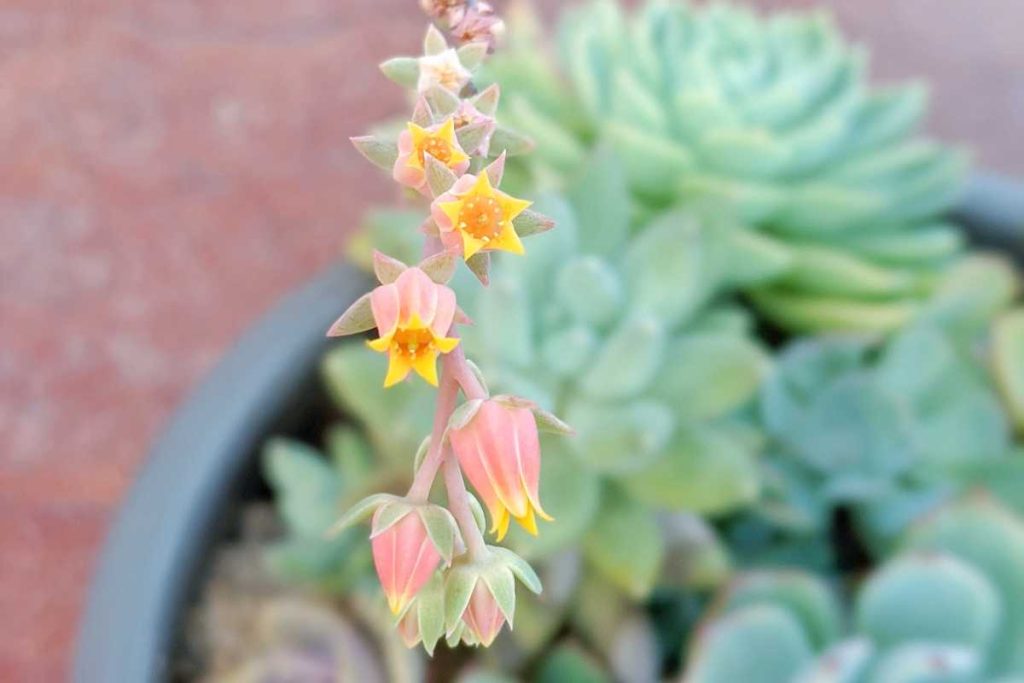
Size
Echeveria ‘Blue Atoll’ is a small to medium-sized succulent, typically reaching a height of 4-6 inches and a width of up to 12 inches. The rosettes can grow up to 8 inches in diameter.
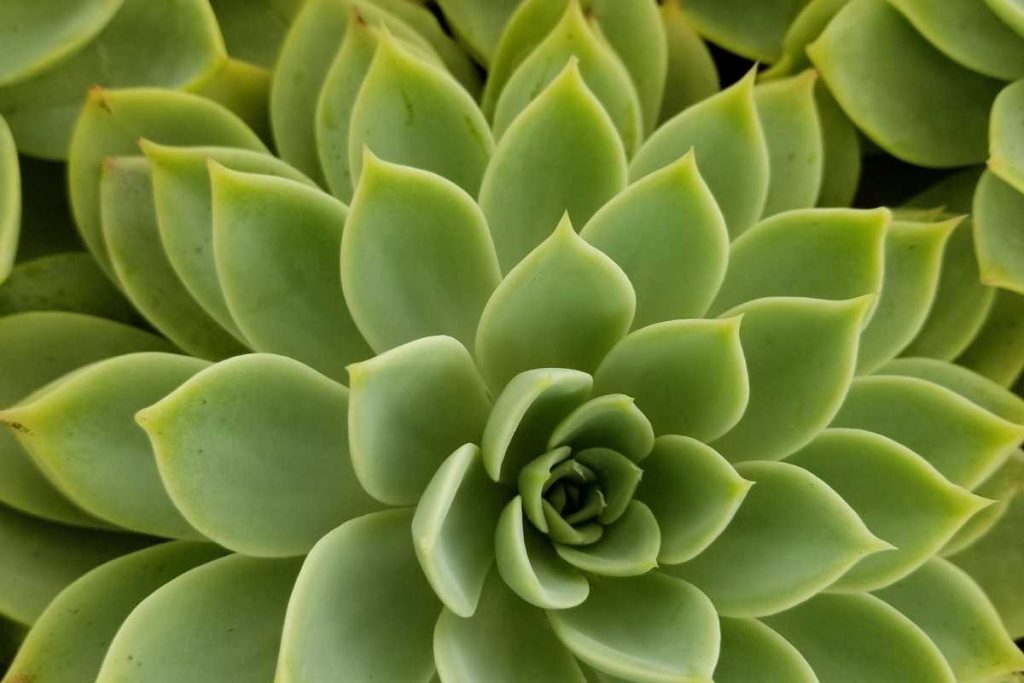
Growth Habit
This plant has a clumping growth habit, which means it will produce offsets or “pups” around the base of the main rosette. These offsets can be easily removed and propagated to create new plants.
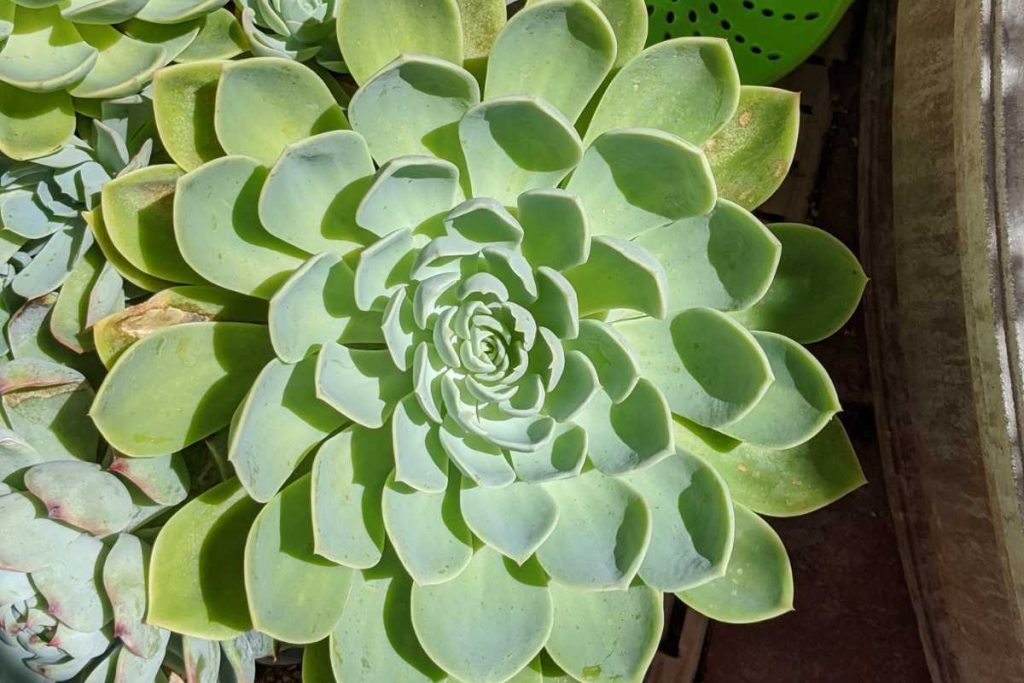
Caring for Echeveria ‘Blue Atoll’
Light Requirements
Like most succulents, Echeveria ‘Blue Atoll’ thrives in bright, indirect sunlight. It can tolerate some direct sunlight, but too much can cause the leaves to become scorched.
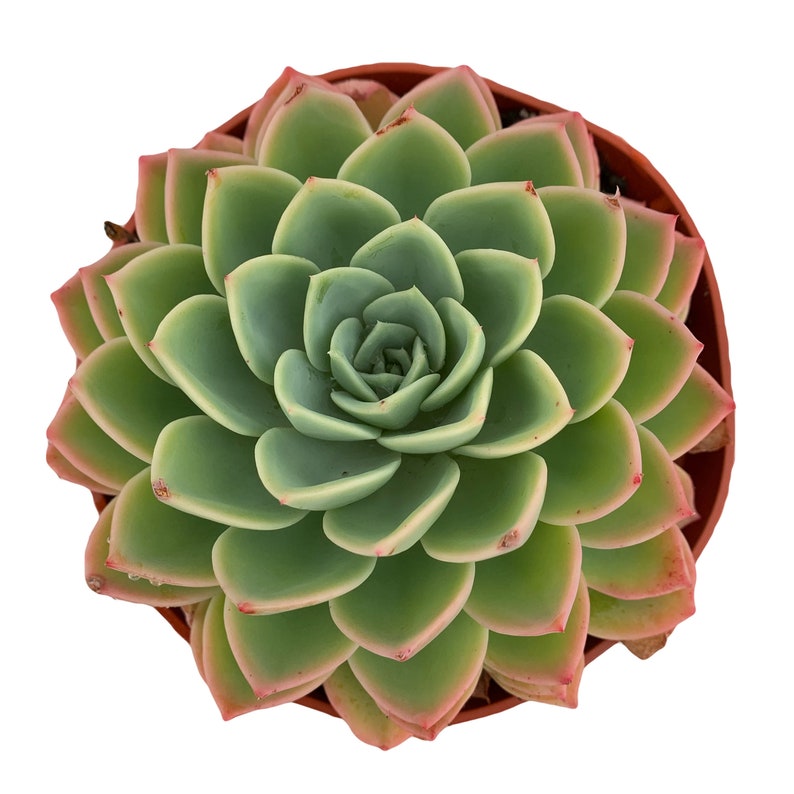
Source: Etsy
If growing indoors, place your plant near a south or west-facing window for the best light exposure.
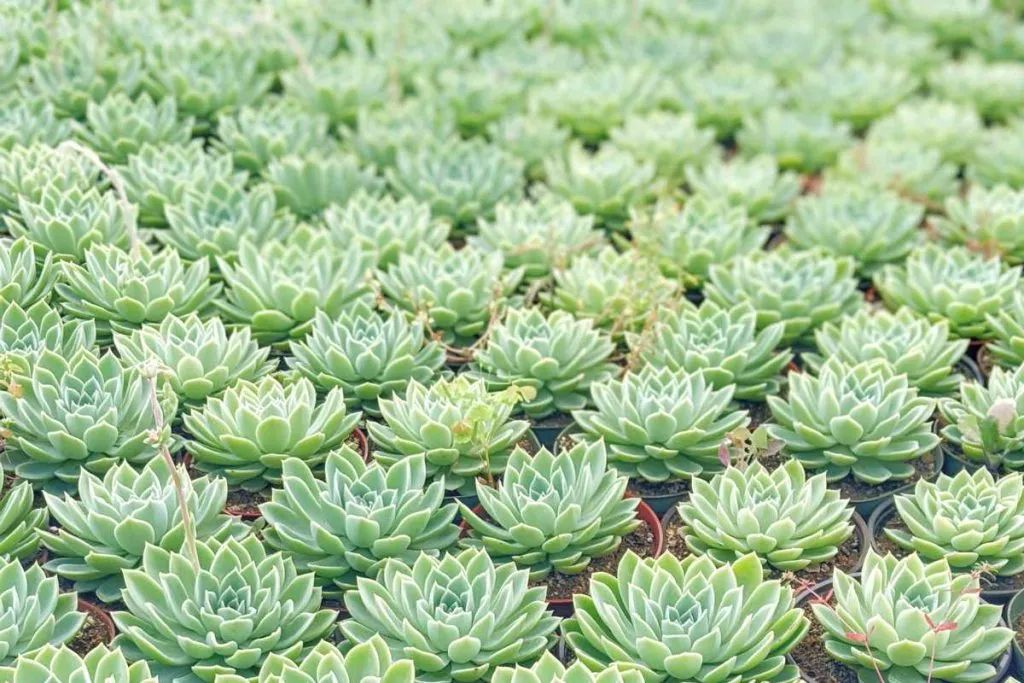
Watering
‘Blue Atoll’ is drought-tolerant, which means it doesn’t need a lot of water. In fact, overwatering is a common cause of problems for this plant. To prevent this, use the “drench and dry” method, waiting until the soil is completely dry before watering thoroughly.
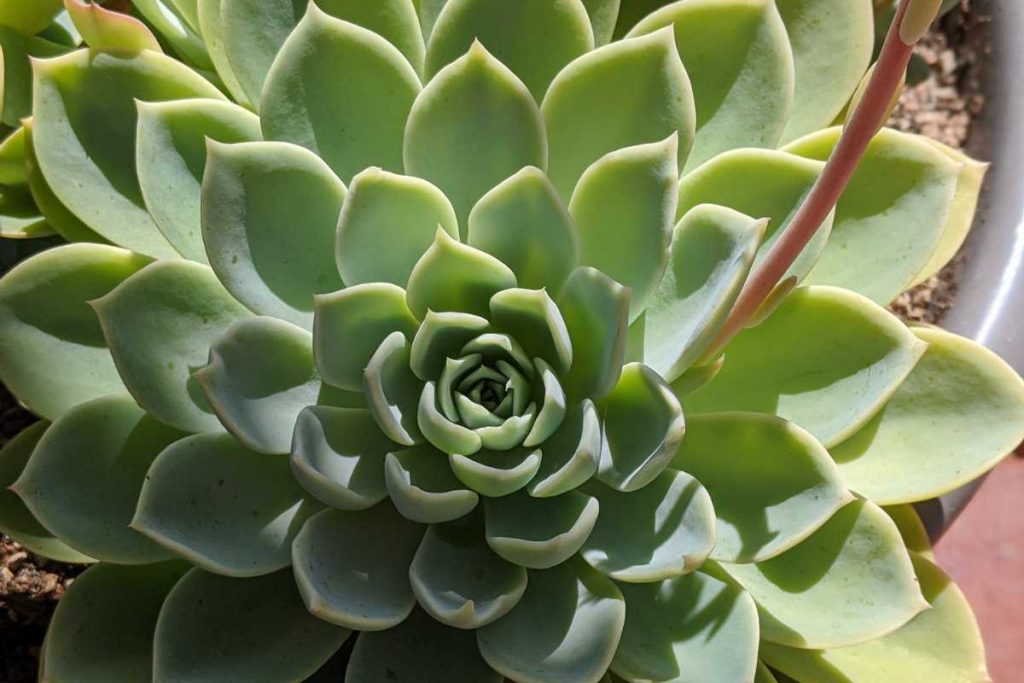
Temperature and Humidity
This succulent is native to semi-arid regions, so it prefers warm temperatures and low humidity. It can tolerate temperatures as low as 25°F, but prolonged exposure to freezing temperatures can damage the plant.
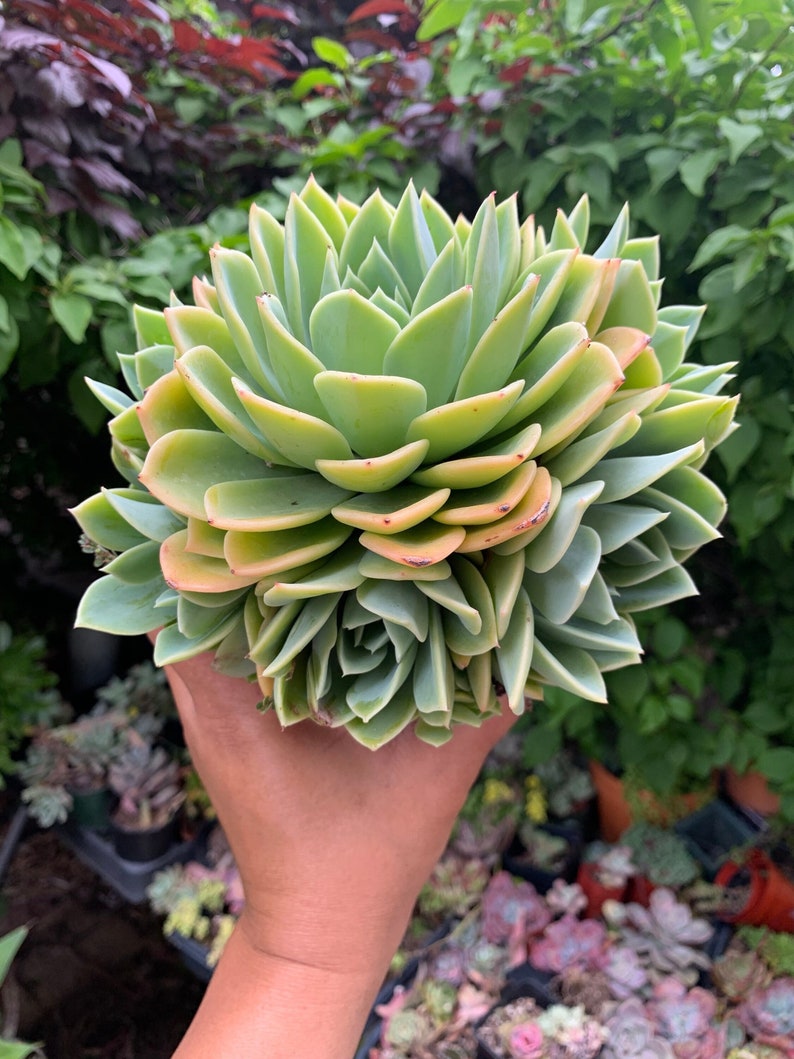
Source: Etsy
If you live in a cold climate, consider bringing your ‘Blue Atoll’ indoors during the winter months.
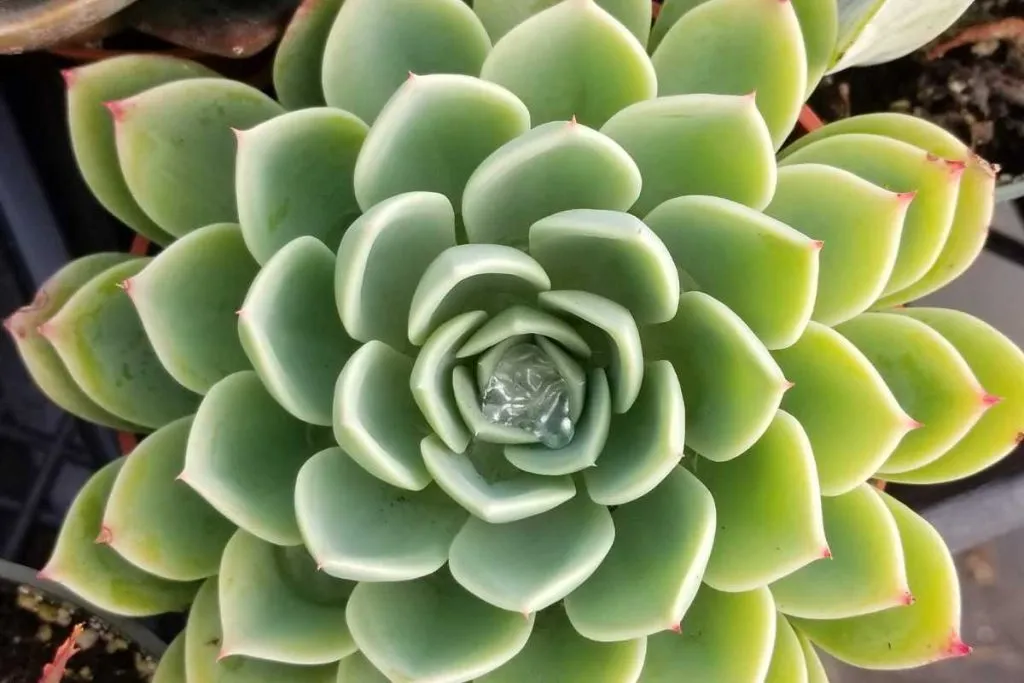
Soil
Echeveria ‘Blue Atoll’ requires well-draining soil to prevent root rot. A mixture of cactus and succulent soil with added perlite or pumice is ideal.
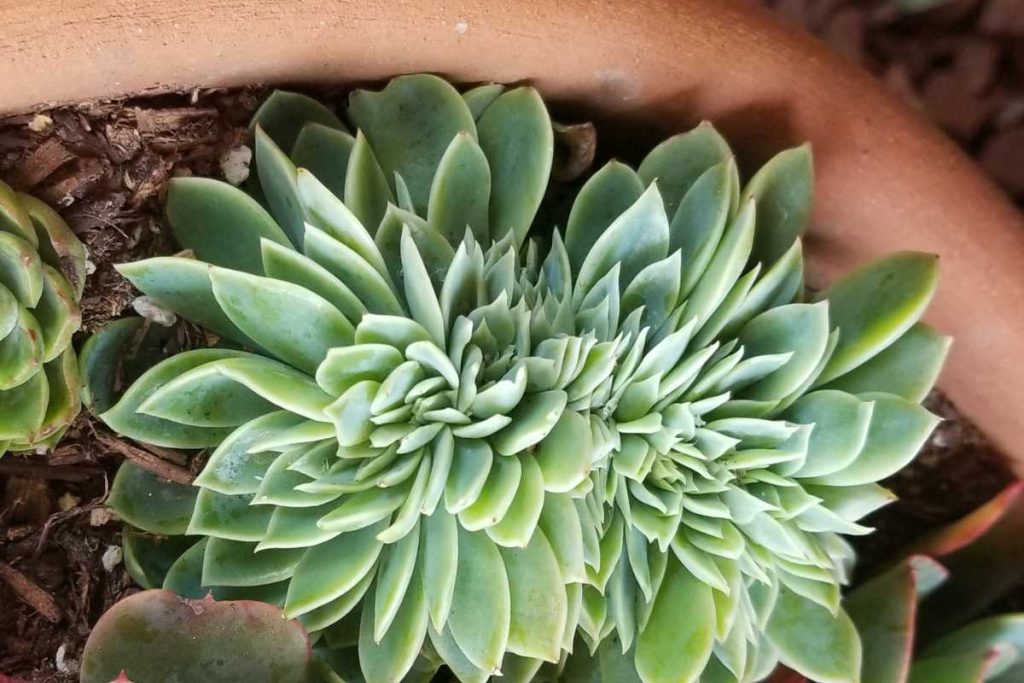
Fertilizer
While not mandatory, you can give your Echeveria ‘Blue Atoll’ an occasional boost with a balanced, water-soluble fertilizer during the growing season. Be sure to dilute the fertilizer to half-strength and avoid over-fertilizing.
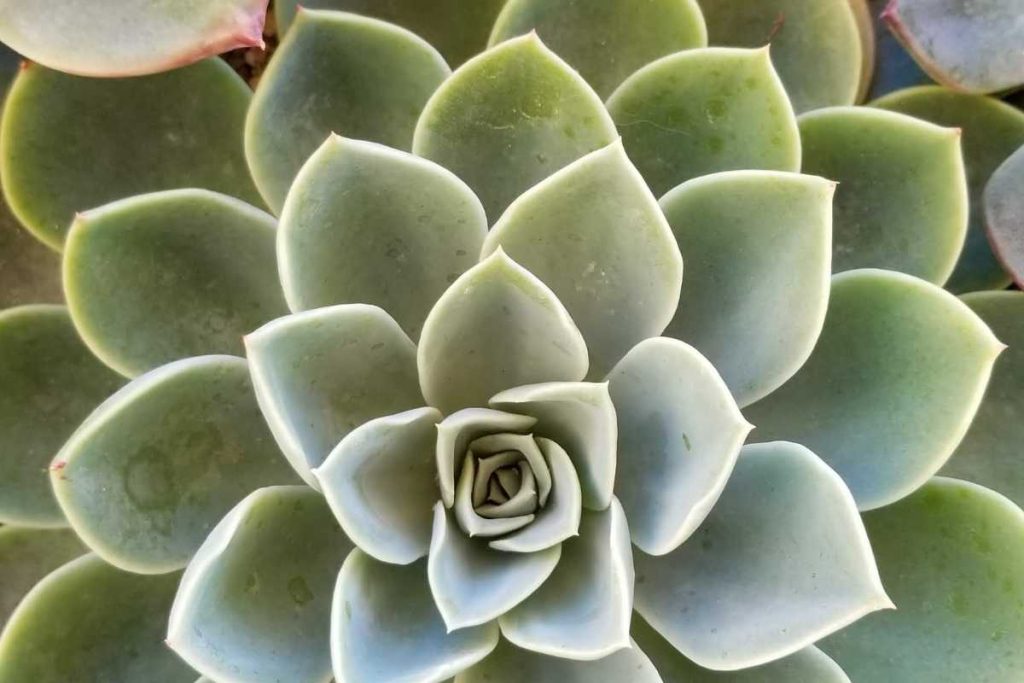
Propagation Methods
Offsets
One of the easiest ways to propagate Echeveria ‘Blue Atoll’ is by removing the offsets or “pups” that form around the base of the plant. Gently remove the offset from the main plant, allow it to dry for a few days, and then plant it in well-draining soil.
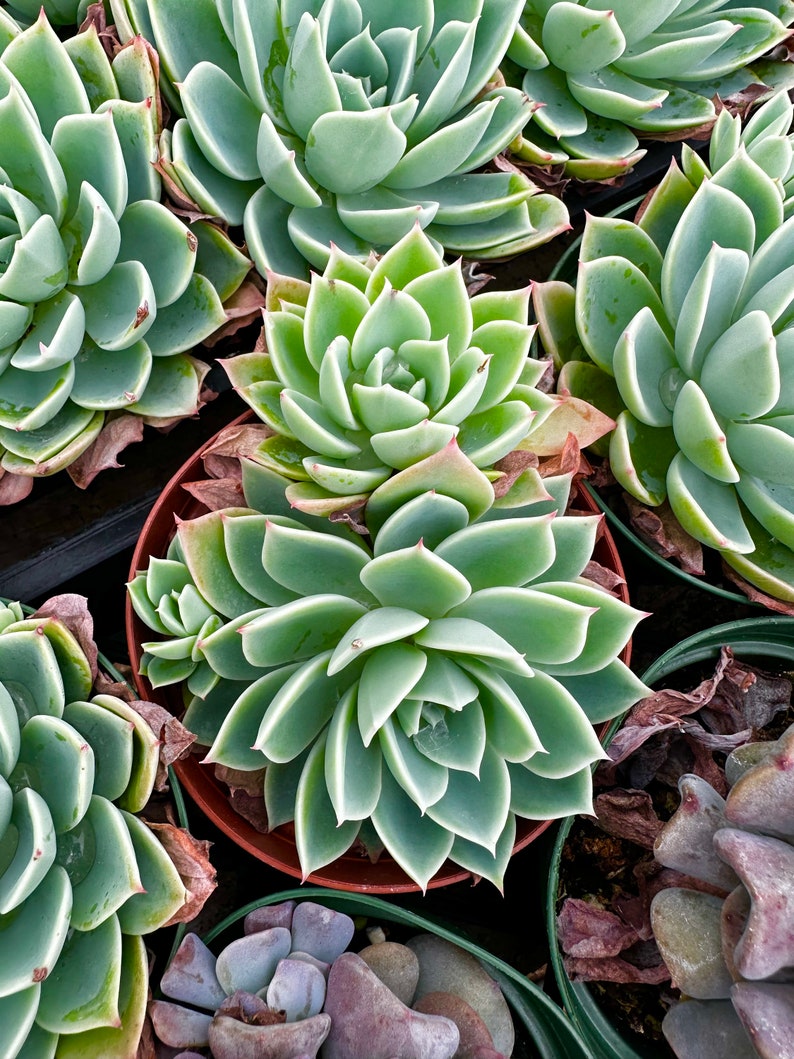
Source: Etsy
This succulent puts out pups frequently. When separating offsets, make sure the pup is about 1/3 the size of the mother plant to ensure its survival.
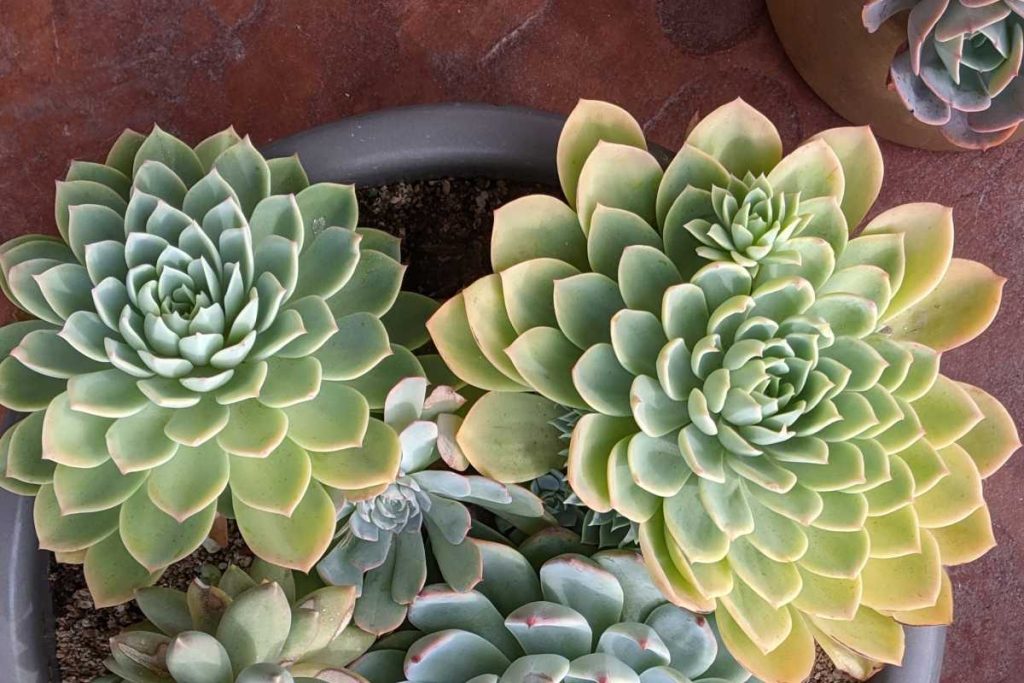
Leaf Cuttings
Another method of propagation is through leaf cuttings. Simply remove a healthy leaf from the main plant, let it dry for a few days, and then place it on top of well-draining soil. In time, the leaf will develop roots and eventually grow into a new plant.
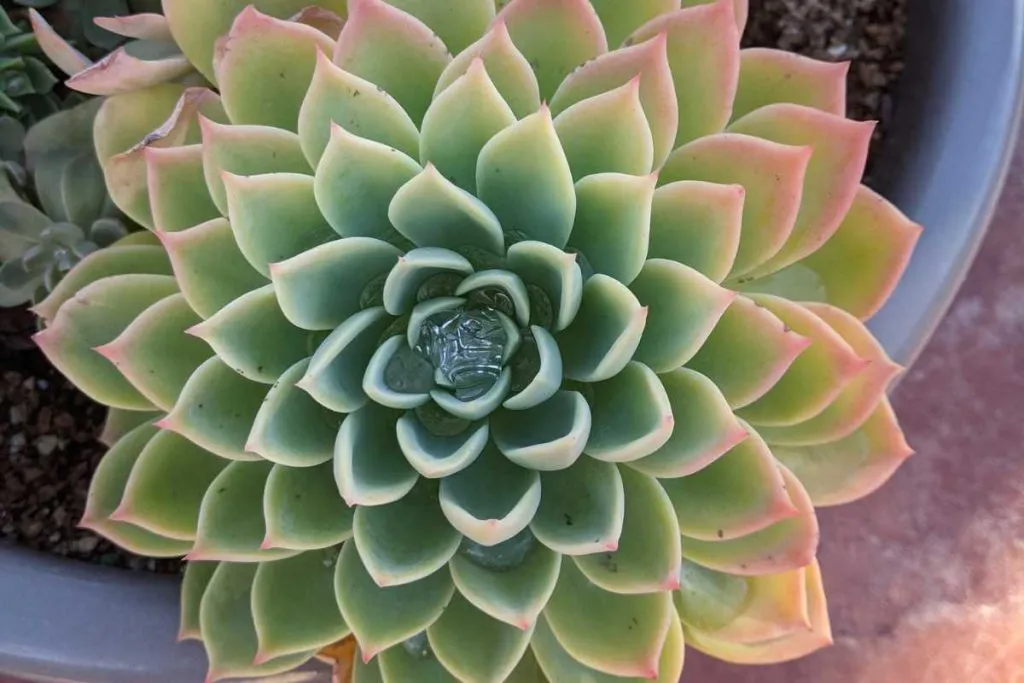
Seeds
Growing Echeveria ‘Blue Atoll’ from seeds is possible, but it can be a slow and challenging process. Sow the seeds in a well-draining soil mix and keep them moist and warm.
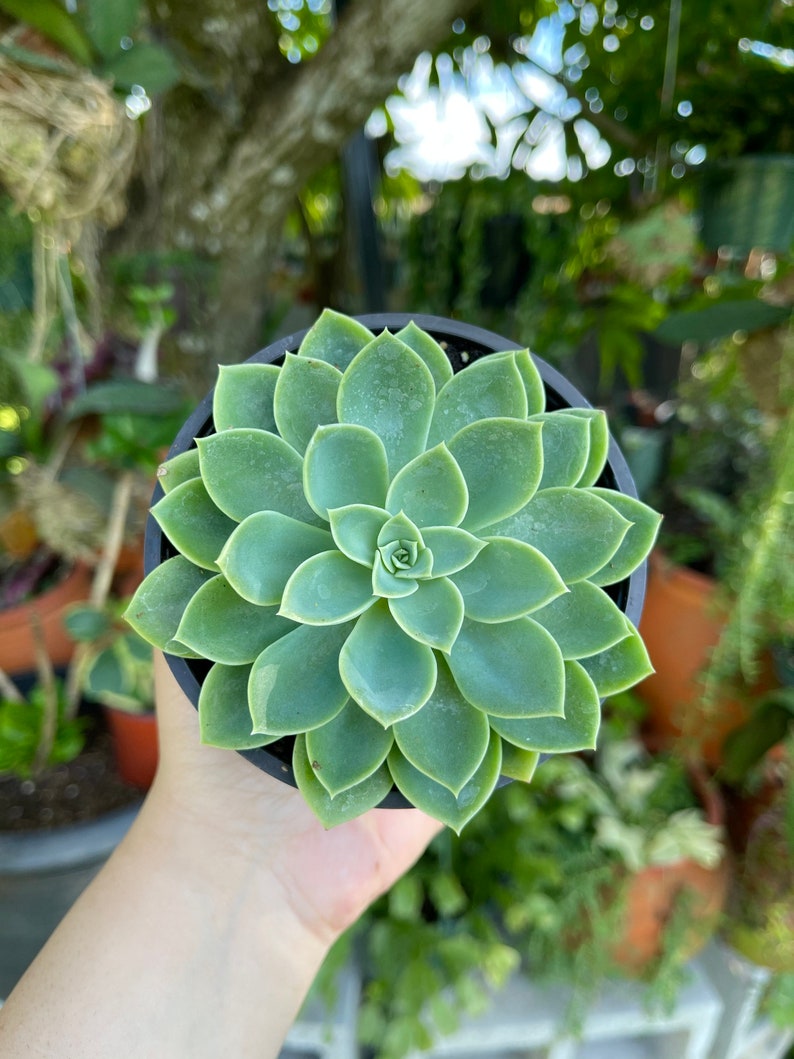
Source: Etsy
Germination can take several weeks, and it may take months or even years for the seedlings to reach a mature size. This is definitely the hardest propagation method.
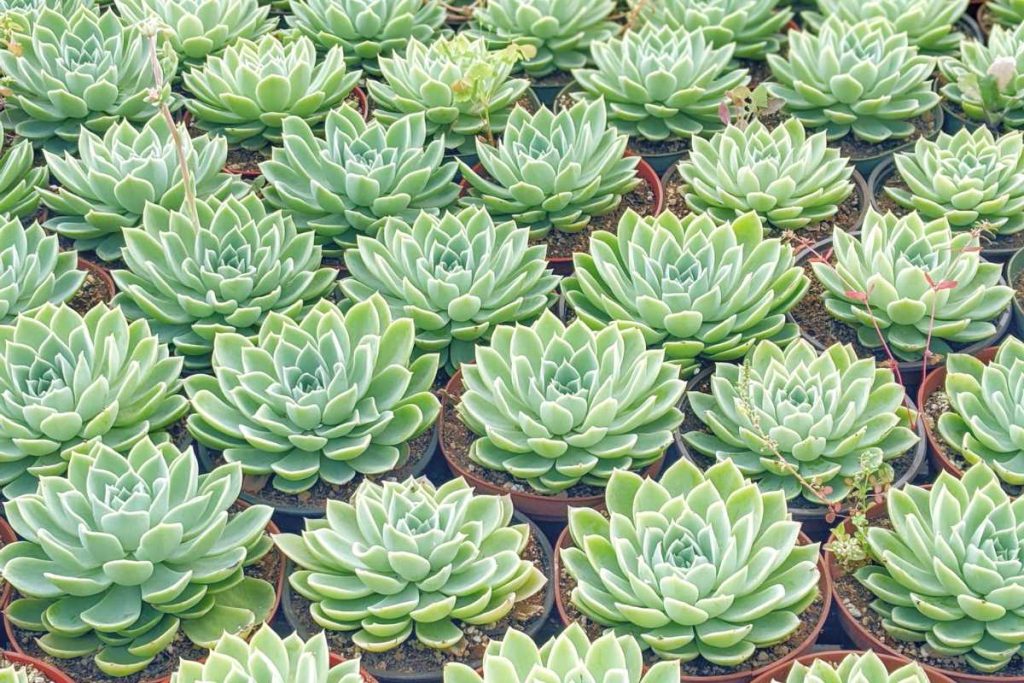
Common Pests and Diseases
Like many succulents, Echeveria ‘Blue Atoll’ can be susceptible to pests such as mealybugs, aphids, and spider mites. Check your plant regularly for signs of these pests and treat them promptly with insecticidal soap or neem oil.
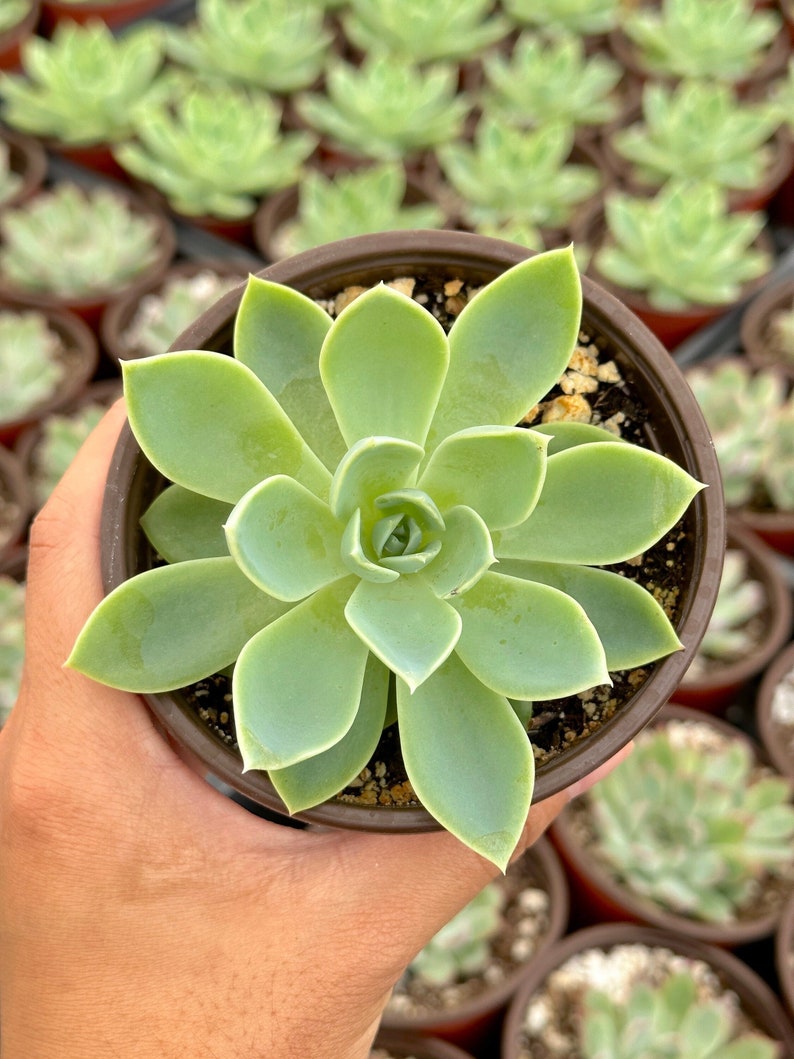
Source: Etsy
In my experience, mealybugs are the biggest enemy. I can literally never get rid of them no matter what I do.
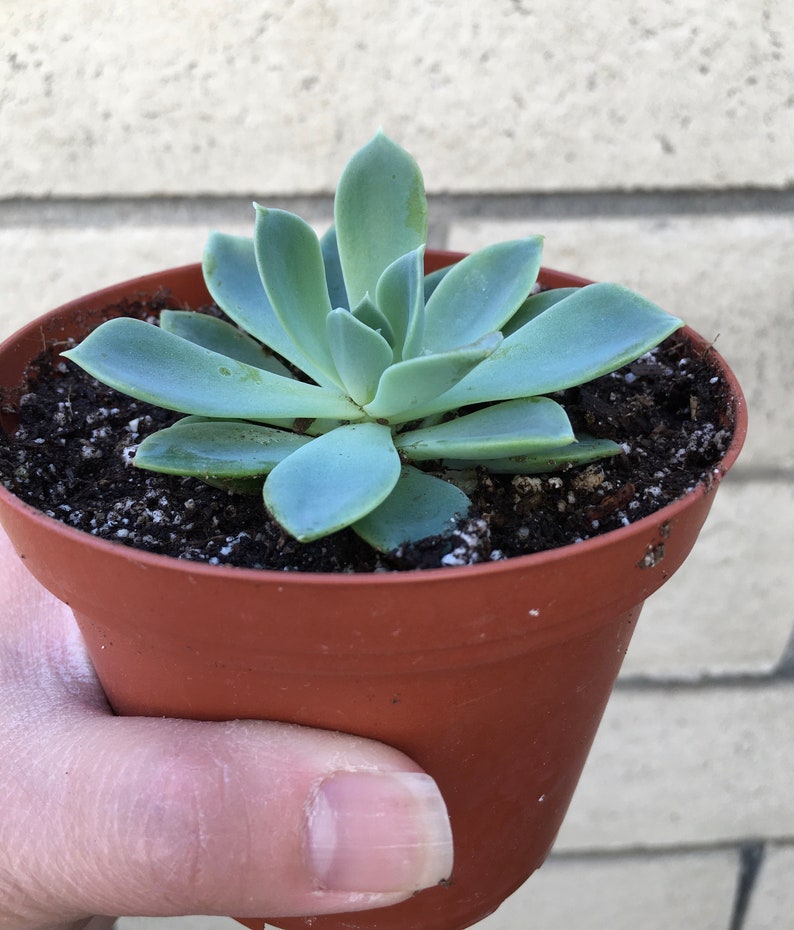
Source: Etsy
Overwatering can also lead to fungal diseases like root rot. To avoid this issue, ensure proper watering practices and use well-draining soil.
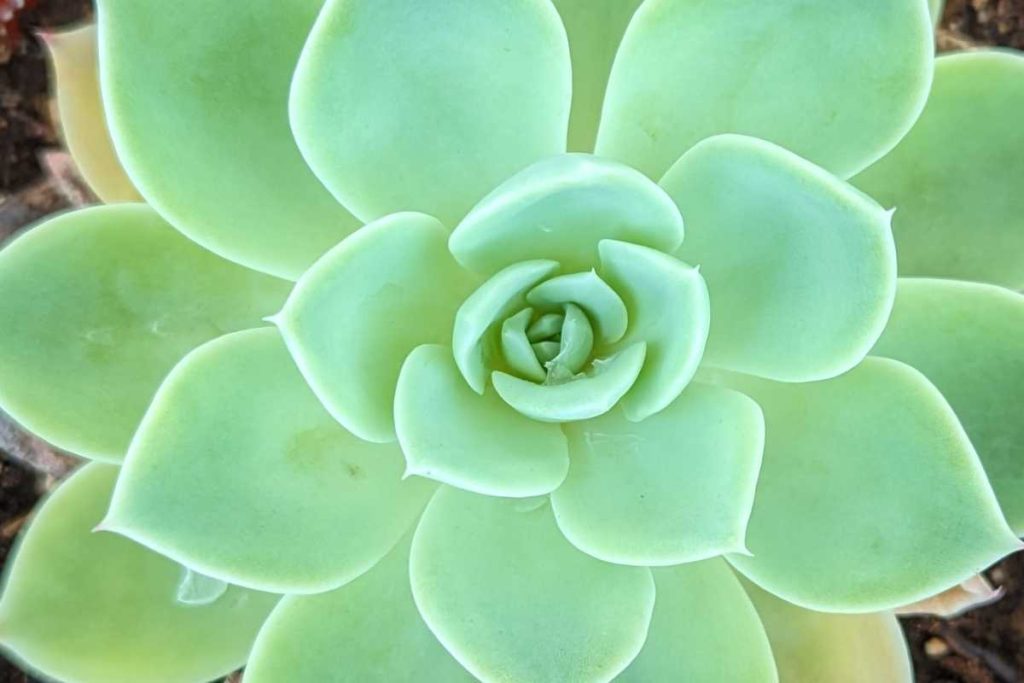
Repotting Echeveria ‘Blue Atoll’
Echeveria ‘Blue Atoll’ has a shallow root system, so it doesn’t require frequent repotting. However, if your plant has outgrown its container or if the soil has become compacted, it is time to repot. Choose a pot with drainage holes, and use fresh, well-draining soil to promote healthy root growth.
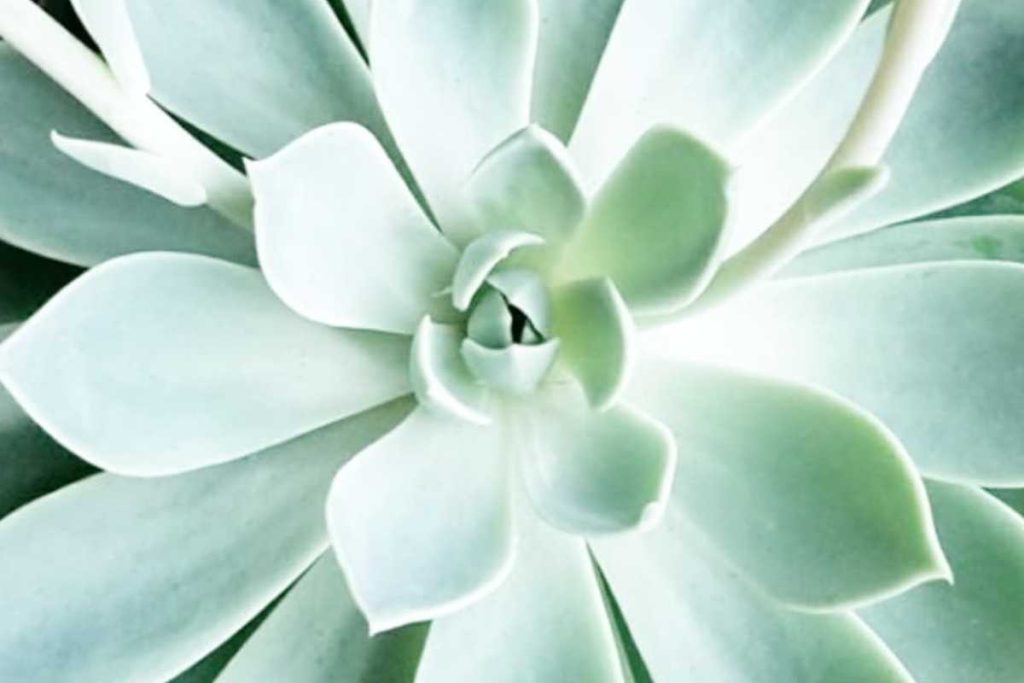
Using Echeveria ‘Blue Atoll’ in Landscaping
In outdoor gardens, it can be used as a stunning focal point or as part of a mixed succulent bed.
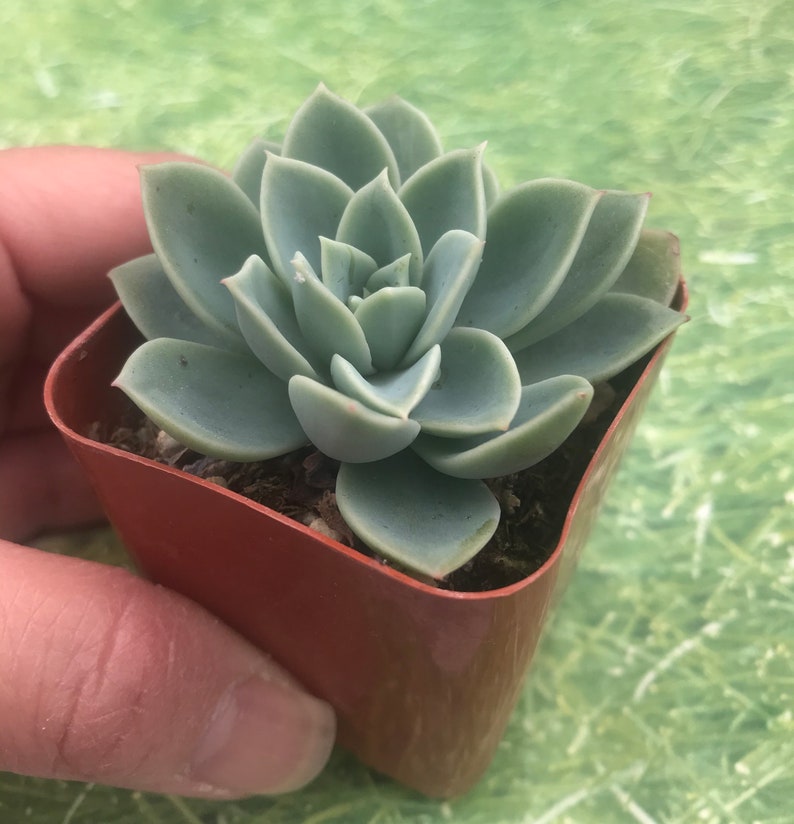
Source: Etsy
It pairs beautifully with other succulents or drought-tolerant plants and can be used in rock gardens, xeriscapes, or even as a ground cover.
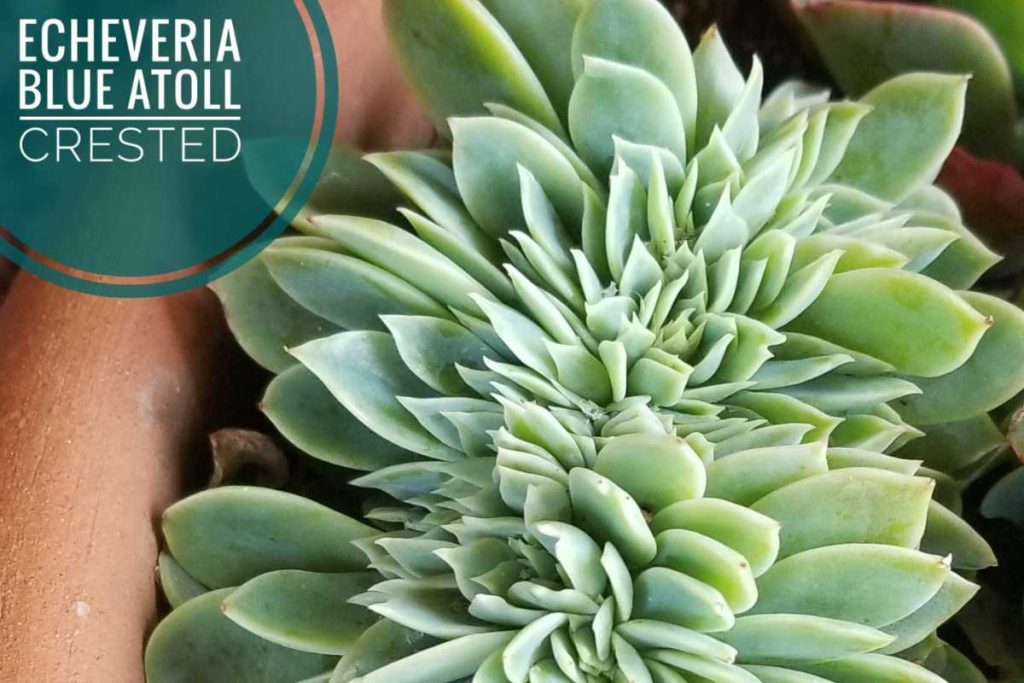
Indoor Display Ideas
It makes an excellent houseplant, adding a touch of colorful elegance to any room. Display it in a decorative pot on a windowsill, or combine it with other succulents in an attractive arrangement. The possibilities are endless!
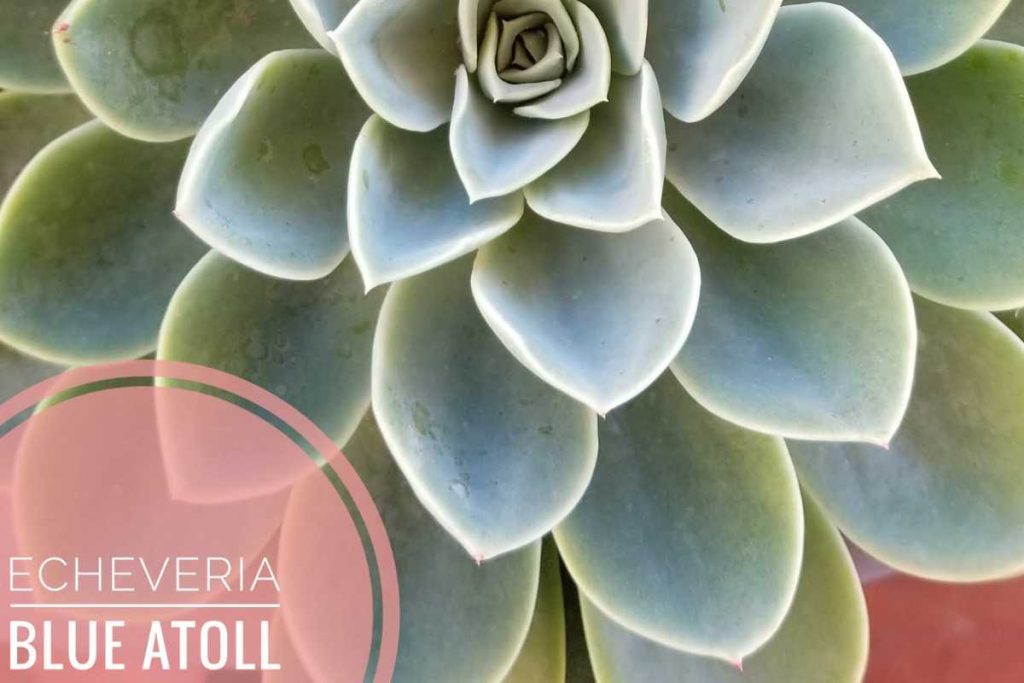
Echeveria ‘Blue Atoll’ is a captivating succulent that offers stunning visual appeal and low-maintenance care. By providing your plant with the proper light, water, and soil conditions, you can enjoy its captivating beauty for years to come.
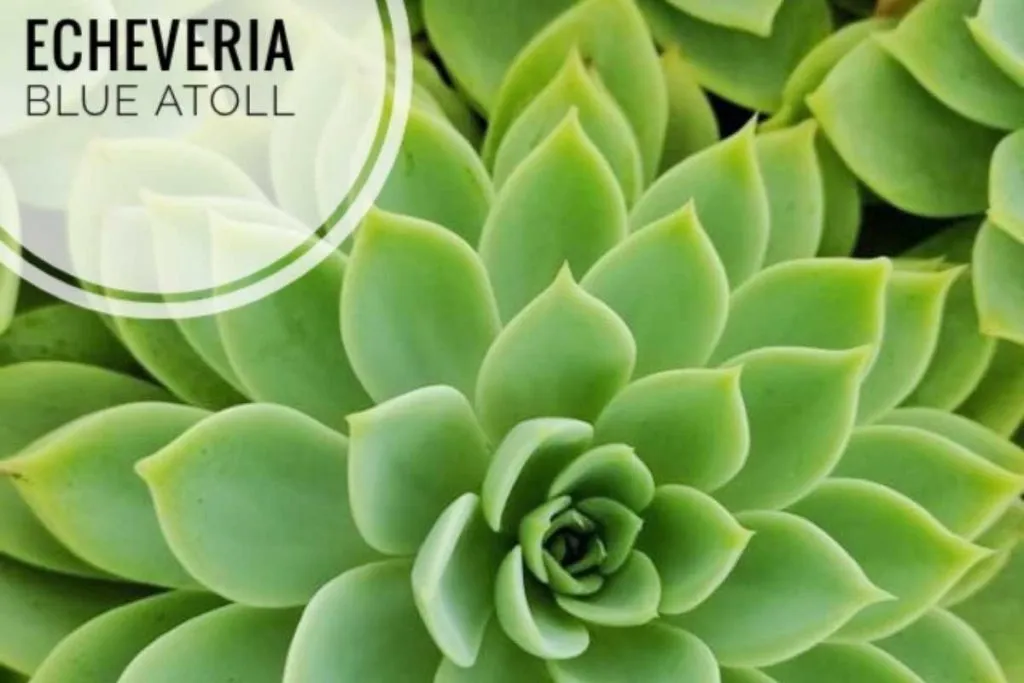
FAQs
Why are the leaves on my Echeveria ‘Blue Atoll’ turning yellow?
Yellow leaves can be a sign of overwatering, which can lead to root rot. Ensure you are using well-draining soil and only watering when the soil is completely dry.
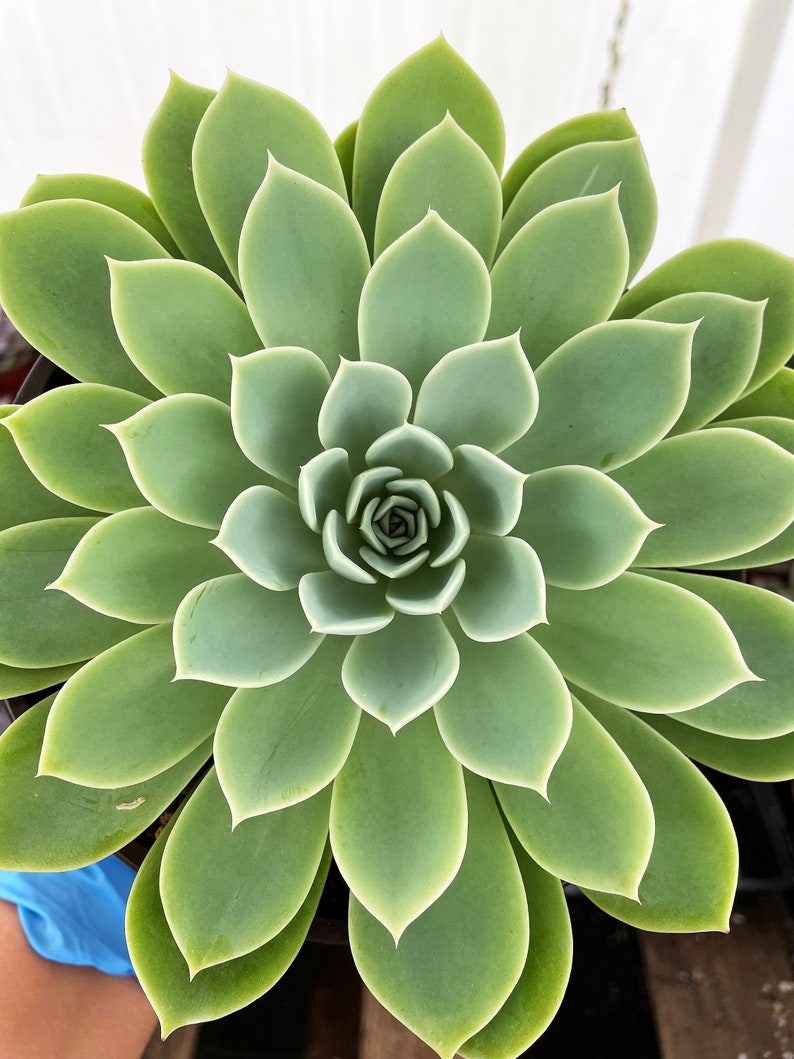
Source: Etsy
Can Echeveria ‘Blue Atoll’ tolerate frost?
‘Blue Atoll’ can tolerate temperatures as low as 25°F, but prolonged exposure to freezing temperatures can damage the plant. If you live in a cold climate, consider bringing your plant indoors during the winter months.
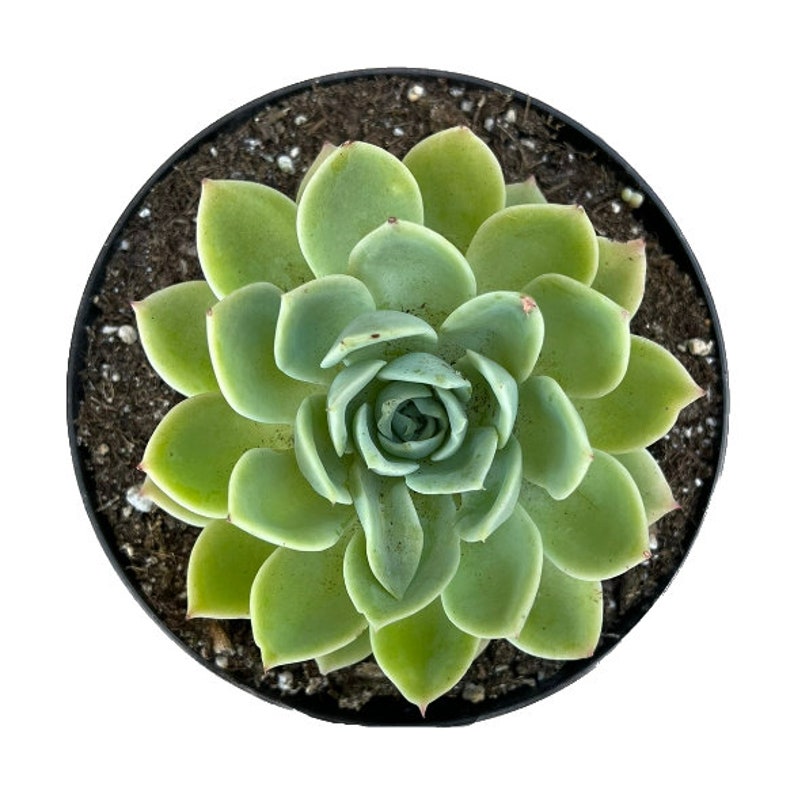
Source: Etsy
How do I get my Echeveria ‘Blue Atoll’ to produce more offsets?
To encourage the production of offsets, provide your ‘Blue Atoll’ with optimal growing conditions, including bright light, well-draining soil, and proper watering practices.
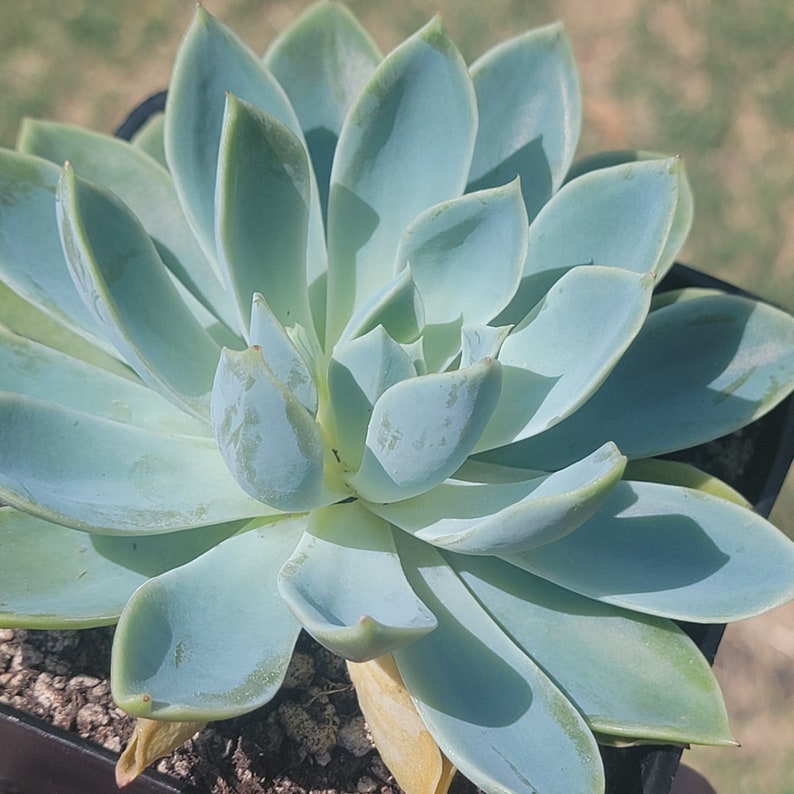
Source: Etsy
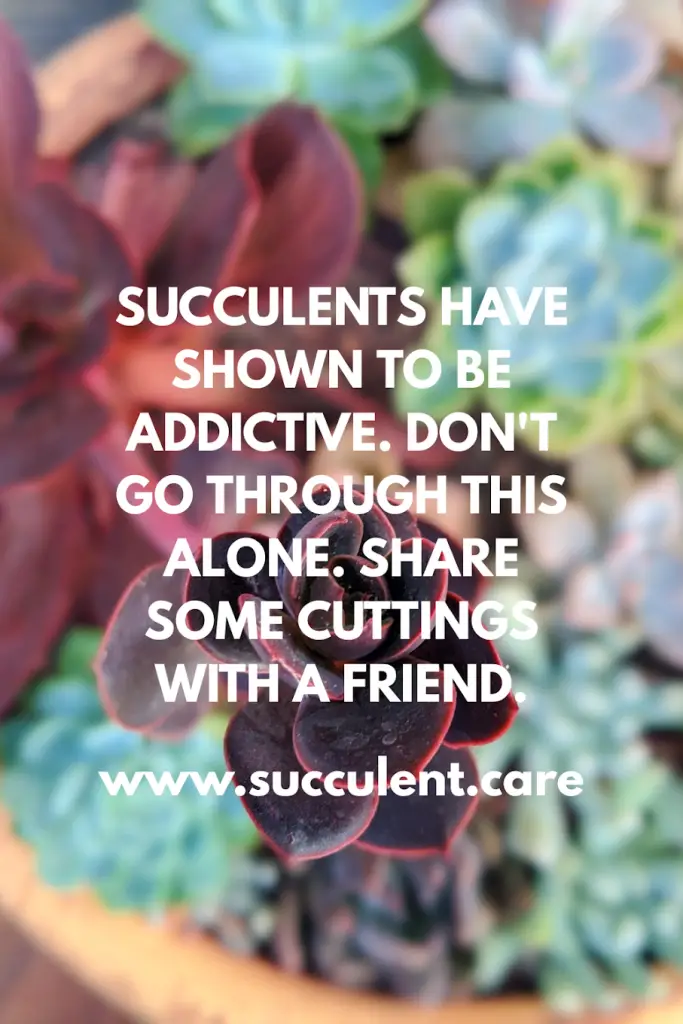
Where to Buy Succulents Online
